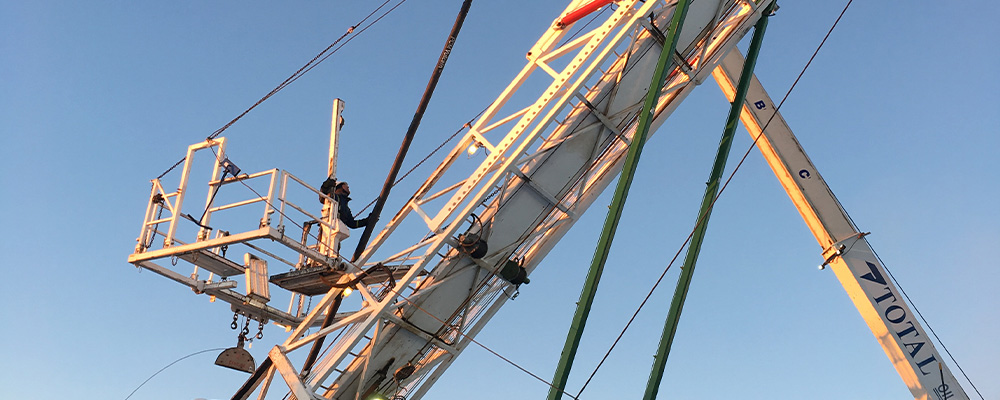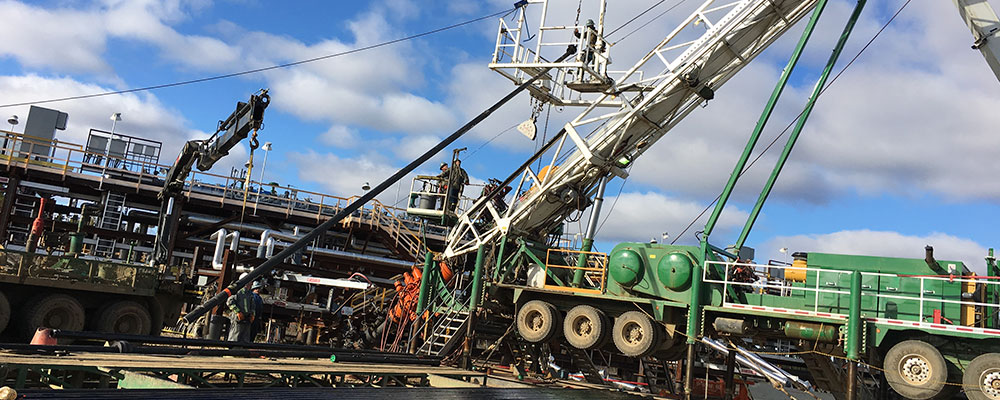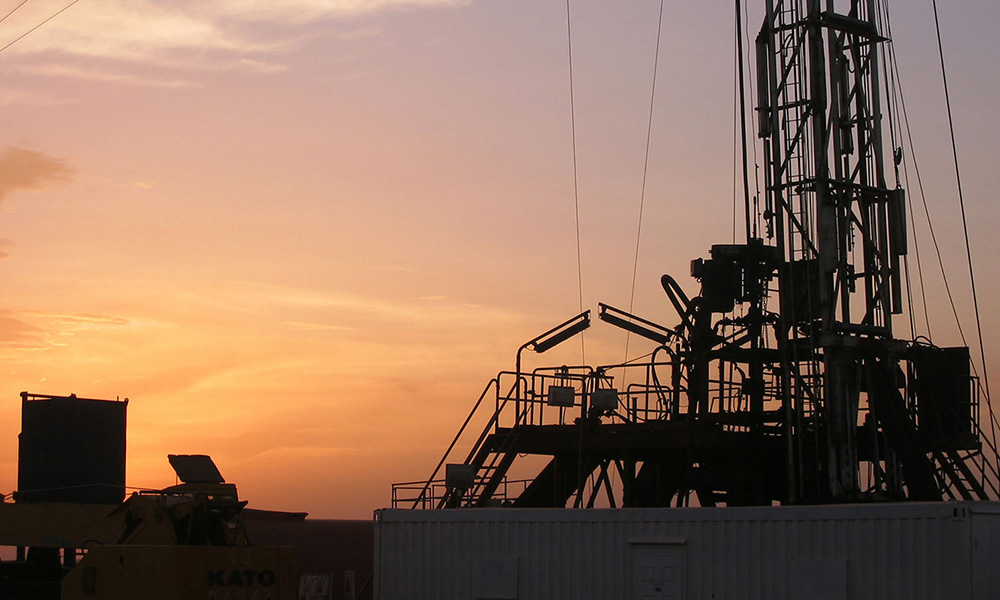PCM Design for PCP in horizontal & deviated wells
A rod-driven PCP system installed in deviated/horizontal wells must be designed to handle the interaction between the rod string and tubing that can cause the following failures;
- High rod torsional loading
- High contact loads (tubing & rod wear)
- Rod string fatigue
The following parameters should be considered when designing a PCP in deviated/horizontal wells:
- Max. Dog Leg Severity (°/100ft) along rod string and at pump
- Inclination (°) at pump setting depth
- Rod string type
- Production conditions
PCM has defined design guidelines which take into account the parameters detailed above for deviated/horizontal wells using our proprietary PCM Design Software. It automatically calculates contact loads and shows the operator where centralizers should be placed.

HEAVY OIL CASE STORY
- Location: South America
- Well Type: Horizontal
- API°: 8° API
- Production: 2500 BFPD
- Well Inclination: 90° (70° @pump)
- Max DLS (°/100 FT): 9° / 100 FT
- Horizontal Drain Depth: 700 m TVD
- Casing/Tubing: 9.5/8“ - 4.1/2“
- Rod String: 1.1/8“ + PCM Centralizers
- Run Life: 24 Months & Running
MEDIUM OIL CASE STORY
- Location: Africa
- Well Type: Horizontal / Shallow
- API°: 22° API
- Production: 200 BFPD
- Well Inclination: 55° (35° @pump)
- Max DLS (°/100 FT): 14° / 100 FT
- Horizontal Drain Depth: 350 m TVD
- Casing/Tubing: 7“ - 3.1/2“
- Rod String: Hollow Rods 1.9 “ OD
- Run Life: 17 Months & Running



